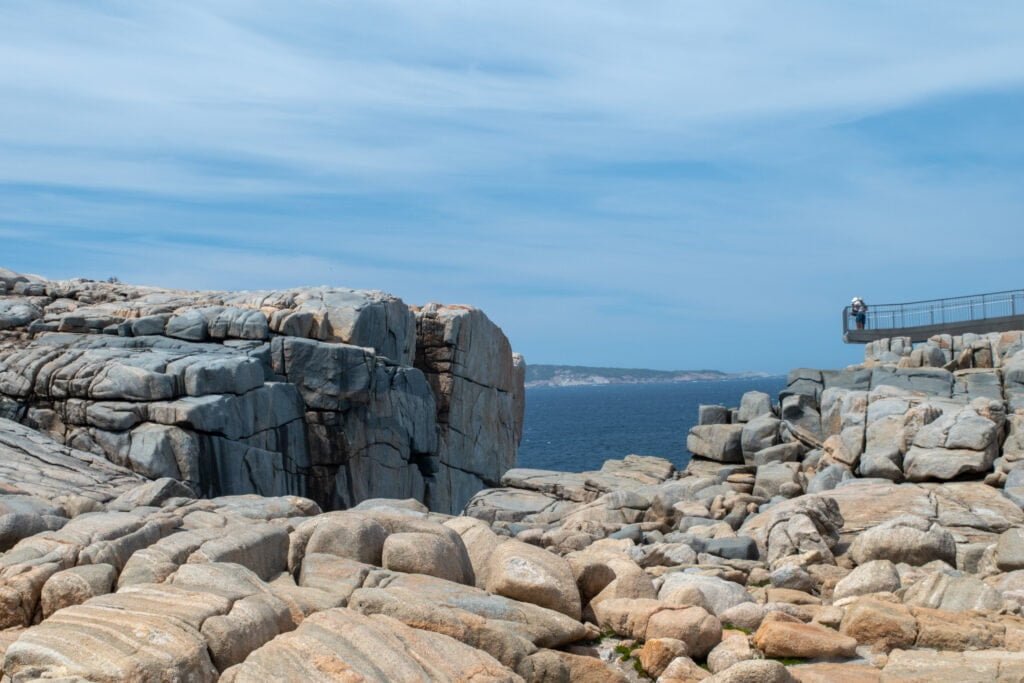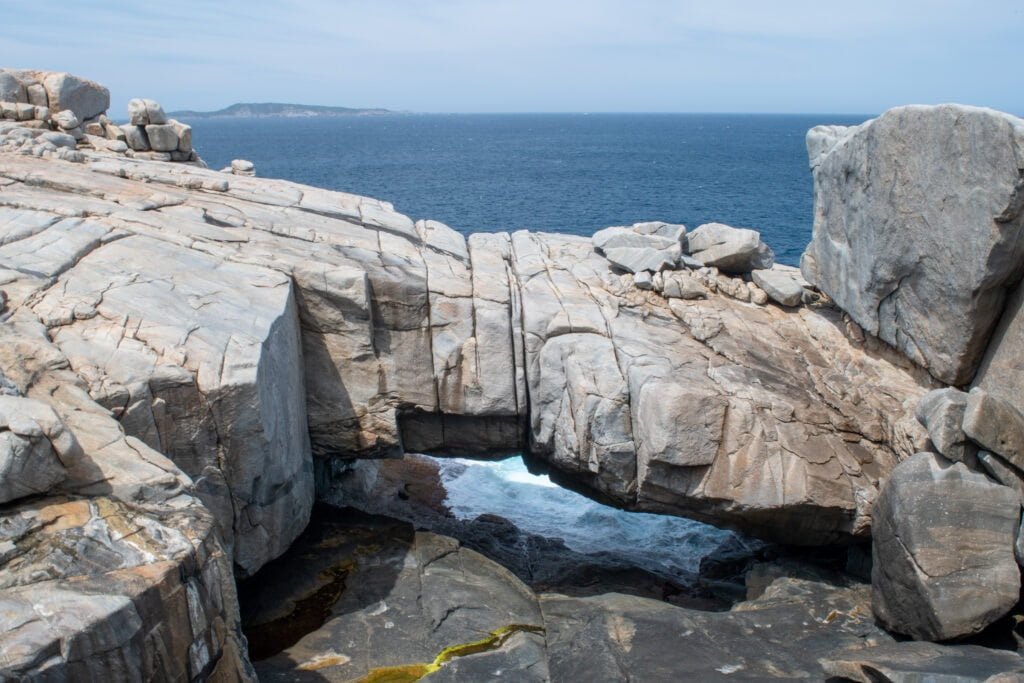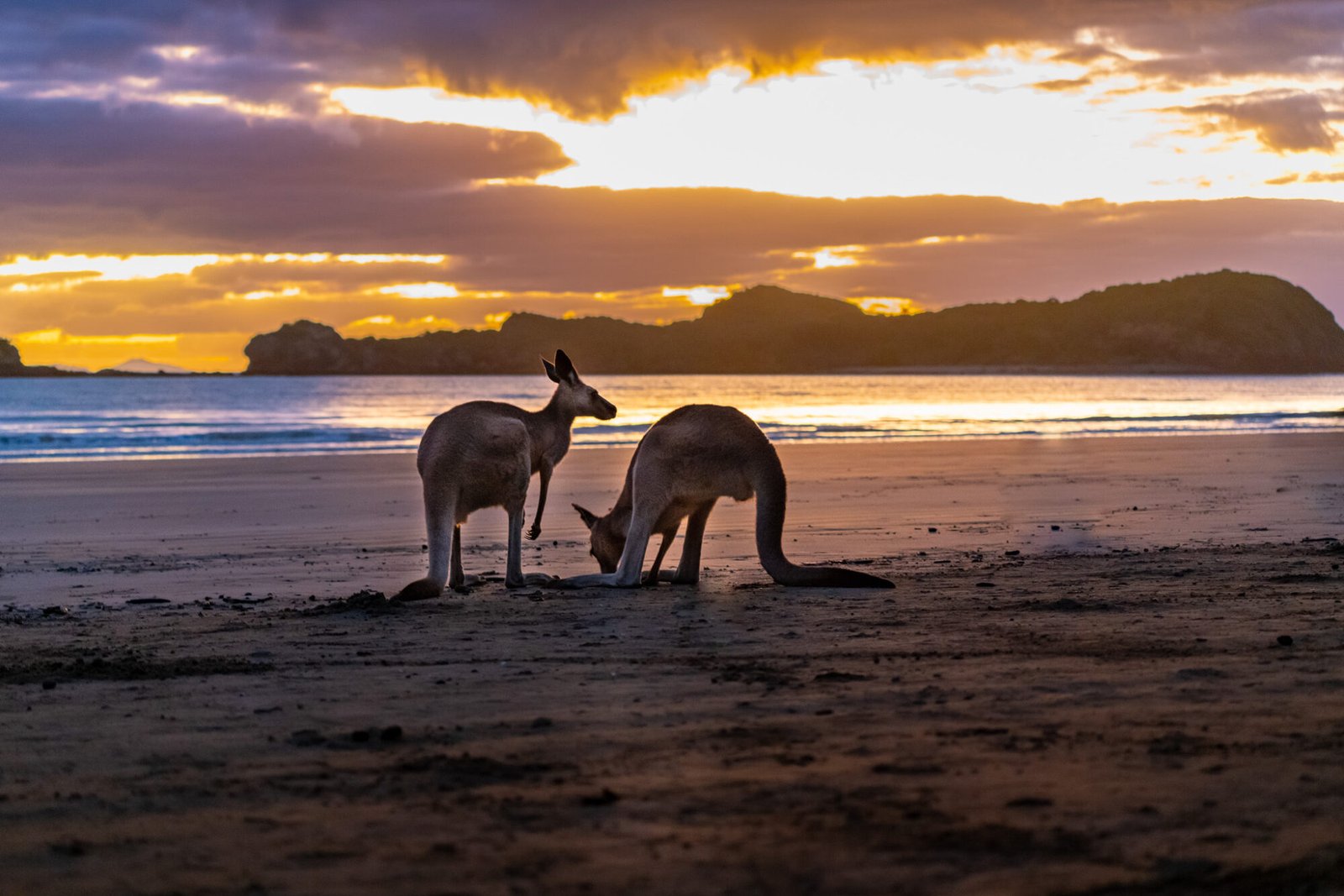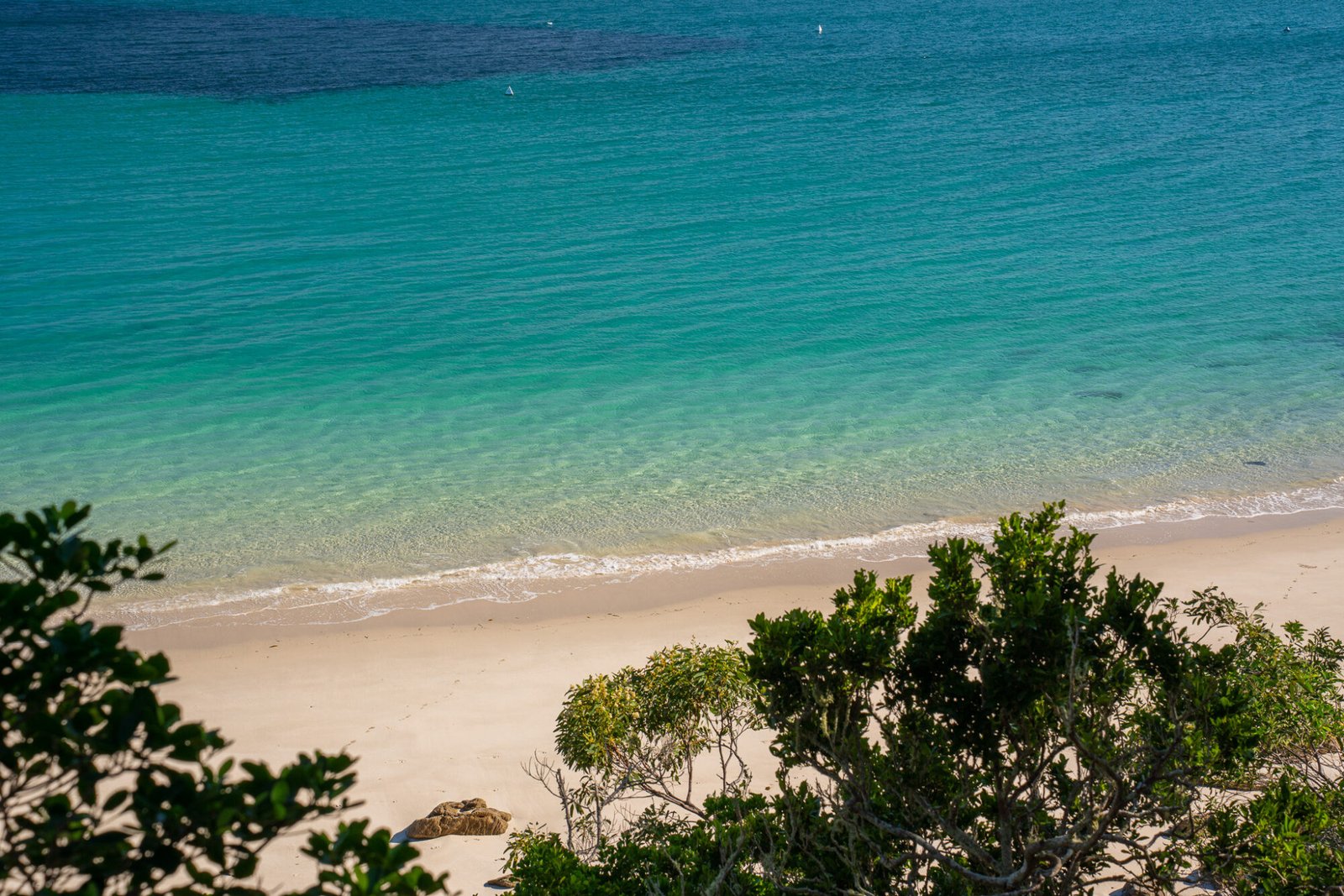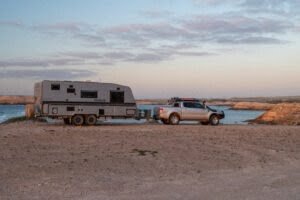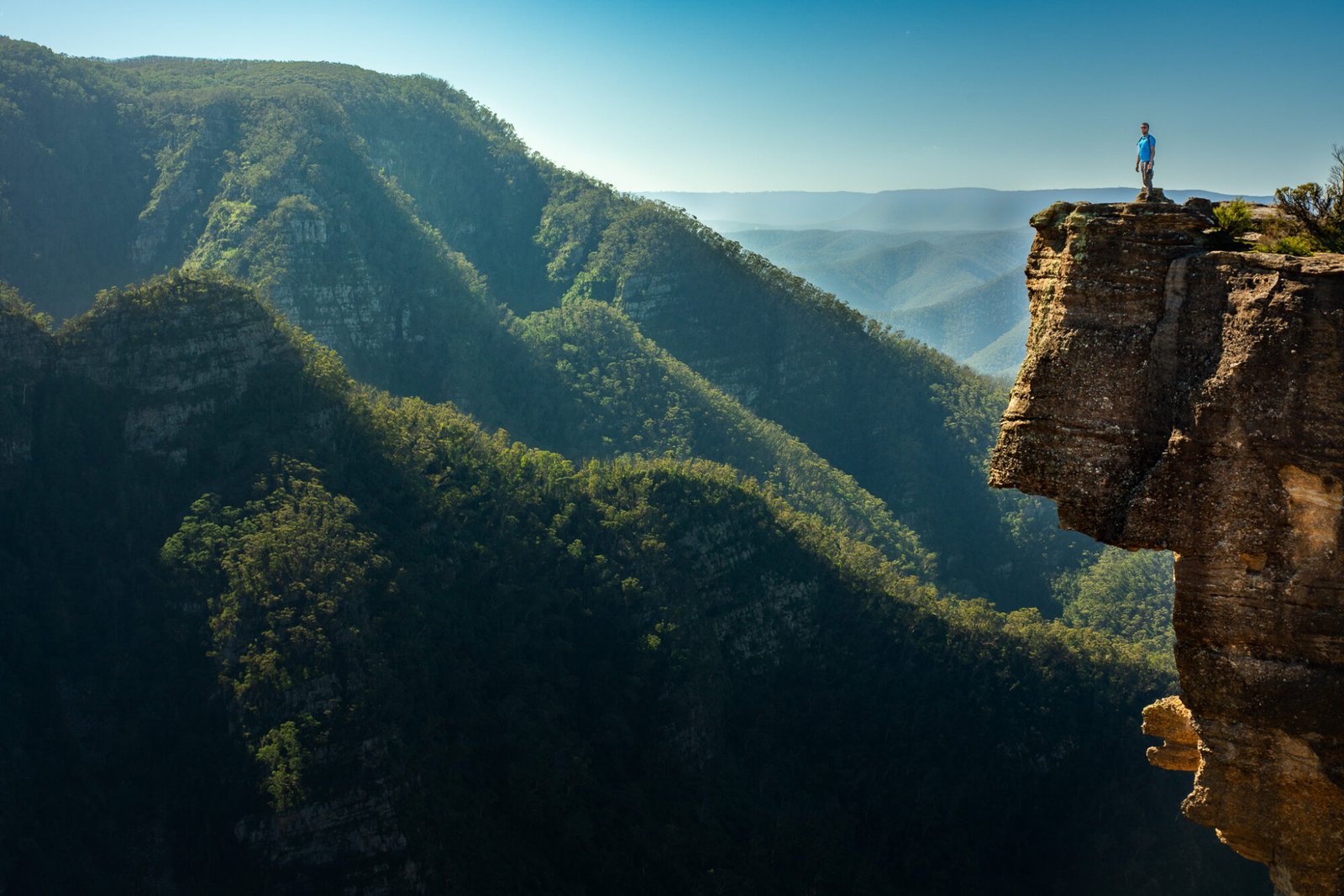The Great South region of WA is fairly remote, being about 400km from the nearest major city (Perth), but with a plethora of scenic parks to explore, they’re well worth the trip. We’ll start with our highlights from the most major town in the area: Albany.
Heading south from the Porongurups, we first backtracked east to a free camp at Norman’s Beach, located between Waychinicup National Park and Two Peoples Bay Nature Reserve.

It’s worth noting that there are a couple other equally, if not more, lovely free camps near Norman’s Beach: Betty’s Beach (which is also van accessible) and East Bay (which is not). We enjoyed very refreshing swims and snorkels at both spots during our stay in the area.

Waychinicup National Park
On our first day, we paid a visit to Cheynes Beach, a spot that was highly recommended to us.
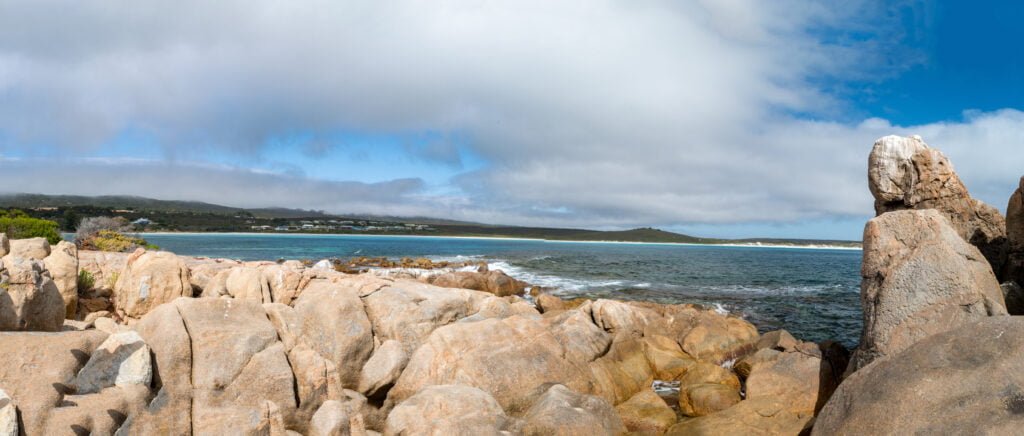
It’s a beautiful, quiet little beach town which would have been great for surfing or snorkeling except for the numerous signs warning of recent shark sightings. Apparently a whale carcass had washed ashore a day earlier which was attracting the men in grey suits, so we wisely opted to stay out of the water. After a quick look around we explored nearby Waychinicup National Park.
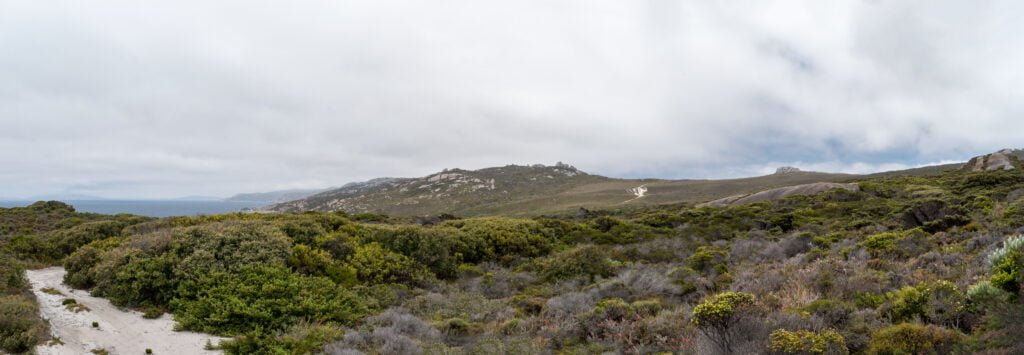
We tried a couple 4WD tracks in the park but fairly quickly bailed on them since they were quite narrow and scratchy, so instead we went to check out Waychinicup Inlet, a beautiful, sheltered waterway that offers tent camping. It’s a great spot for swimming or kayaking or, as we did, just a bit of exploring and admiring.
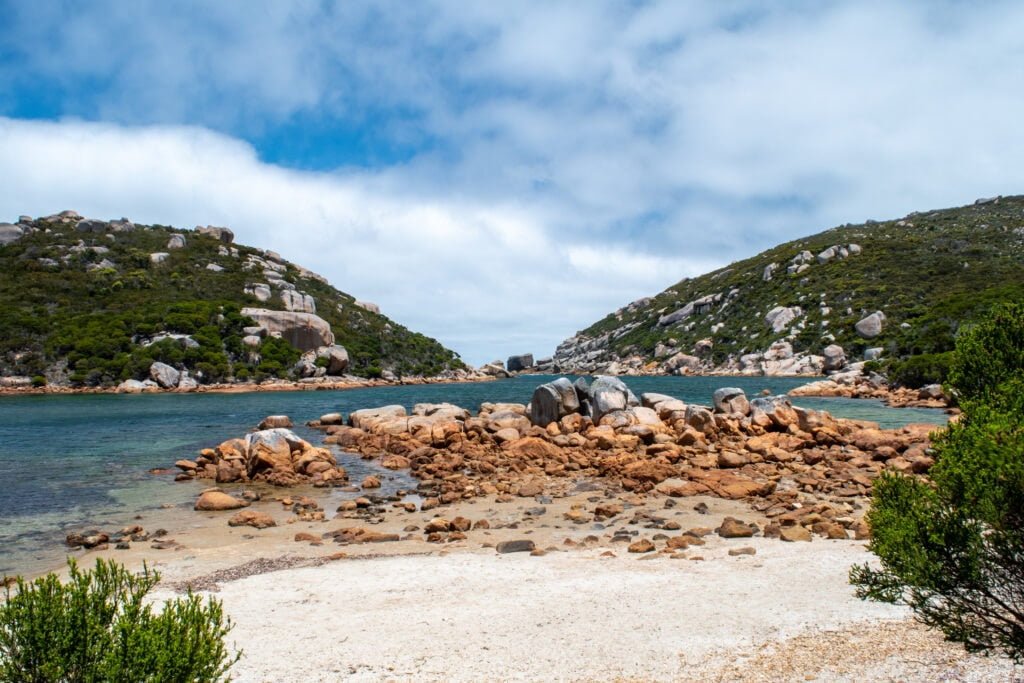
Gull Rock National Park and Two Peoples Bay
The next morning we started with a walk up Mount Martin in Gull Rock National Park. We didn’t get much of a view from the top but had a couple nice lookouts over Albany and Ledge Beach on the way back to the start.
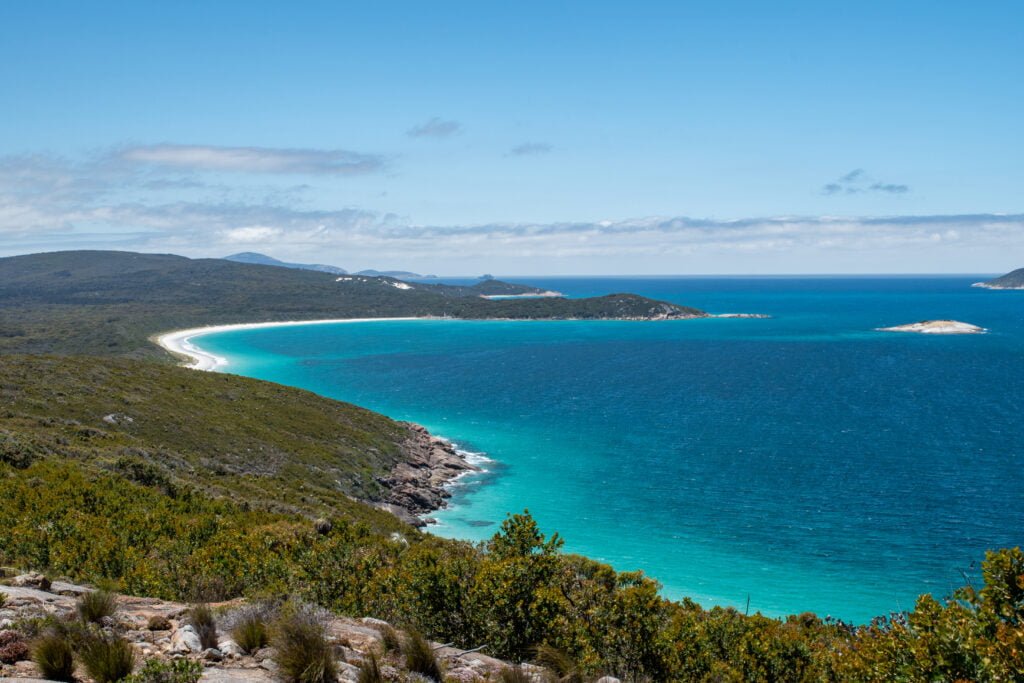
Next up we made our way to Two Peoples Bay Nature Reserve, starting at Two Peoples Bay for a snorkel in the protected and clear, but fairly grassy, waters, before visiting Little Beach.
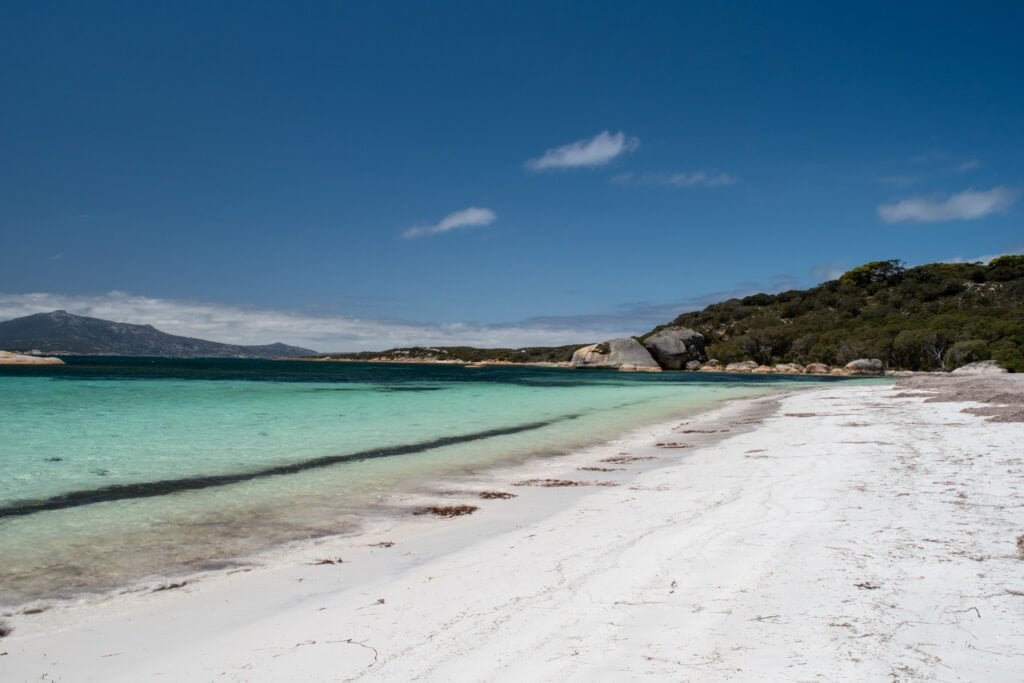
Oft instagramed Little Beach, with its pristine white sand littered with lichen-covered granite boulders, is quite spectacular on its own, but if you find the path at the far end of the beach, this’ll lead you “Little Little Beach” (also known as Waterfall Beach), an equally beautiful but more secluded stretch of beach. Highly recommend the short scramble to get there!

Albany, Torndirrup and West Cape Howe National Parks
The following day we rolled into Albany. Our favourite spot in town was the National ANZAC Centre for both history and views, but we mainly used Albany as a base to explore the nearby Torndirrup National Park, which is easily reached as a day trip from town.
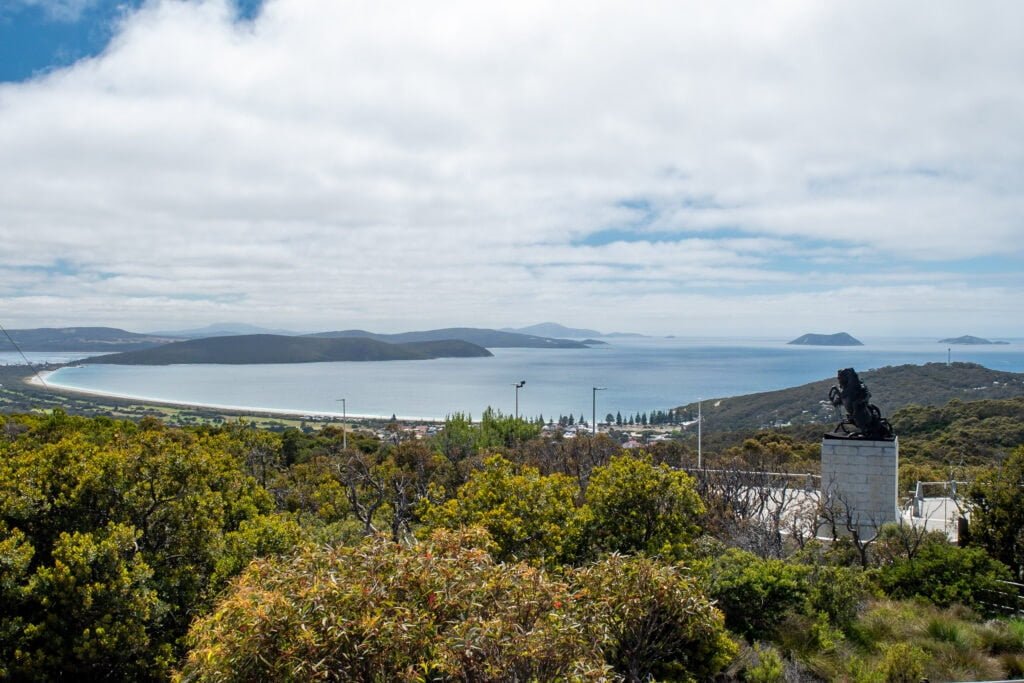
The main attractions are the Natural Bridge and the Gap, two interesting geological formations that have been carved out over time by the rough sea. There’s even a cantilevered bridge over the Gap so you can stare straight down into the churning sea below.

The Gap 
Natural Bridge
There is also a short walk to the Blowholes, which can be quite impressive when there’s a high swell, as well as a challenging walk to Peak Head, where it felt like we were going to get blown off the cliff by the winds, and a Historic Whaling Station which details the history of what was the most prosperous industry in Albany at one time. We had also hoped to complete the 16km return walk to Bald Head, which looked pretty epic, but had to give it a miss due to storms.

So instead we continued on to West Cape Howe National Park. This park may not seem like much at first, but there are many nooks and crannies to explore; it just depends on how adventurous you want to be. Shelley Beach is easily reached by 2WD, and if you have a tent or small camper, it’s a beaut of a spot to spend a night or two.
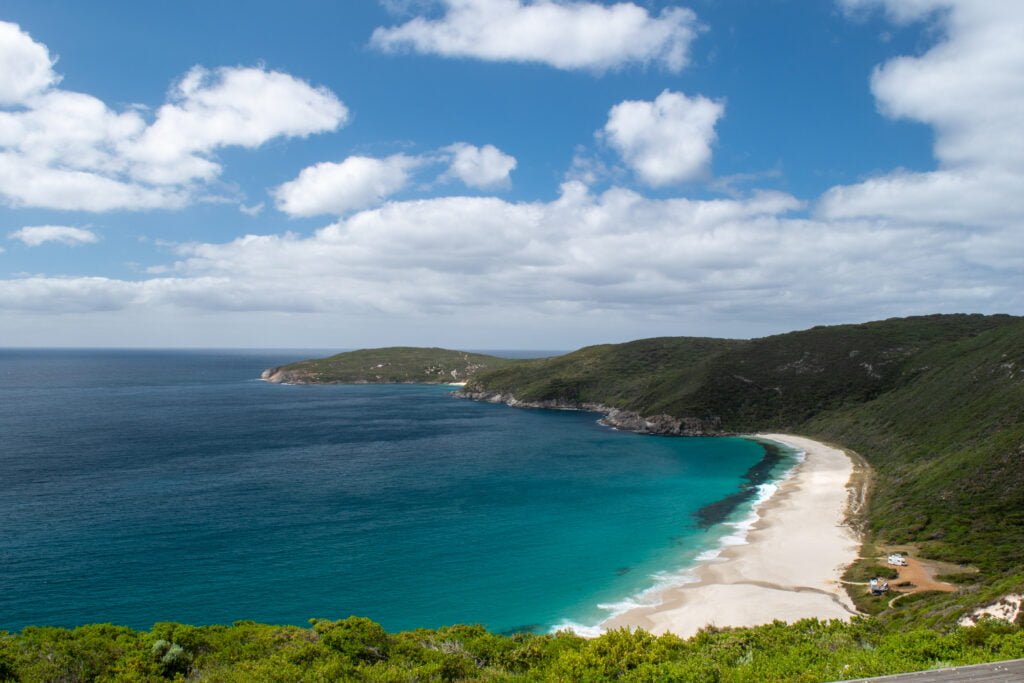
Dingo Beach, at the northern edge of the park, is also a fairly easily accessible beach that is perfect for fishing, snorkelling, kayaking, or simply lounging. This spot is also memorable for us as it is where we nearly lost our drone to the sea (apparently you’re not supposed to fly in ATTI mode…whoops!) but even that didn’t ruin our time there.
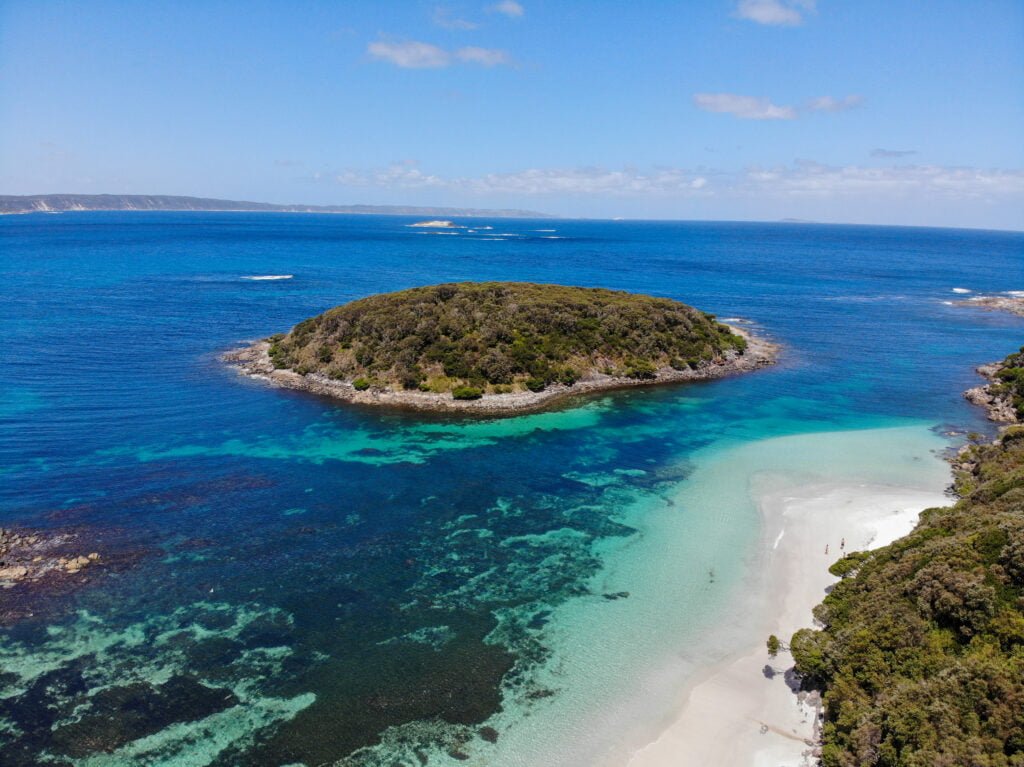
There are also a few 4WD tracks throughout the park, including a track leading to Torbay Head, the southernmost point in Western Australia, but beware: it is not for the faint of heart! Narrow and scratchy tracks, soft and boggy sand, and and washouts taller than an adult make for quite an interesting drive. We attempted the track to Dunsky Beach, but being on our own and our AT tyres being on their last legs, we conceded defeat and opted to walk the rest of the track, about 1.5km to the beach.

Nevertheless, we agreed it was worth the struggle! It was one of the more remote beaches we’ve come across and absolutely picture perfect. If only we had remembered to grab our snorkelling gear from the car…
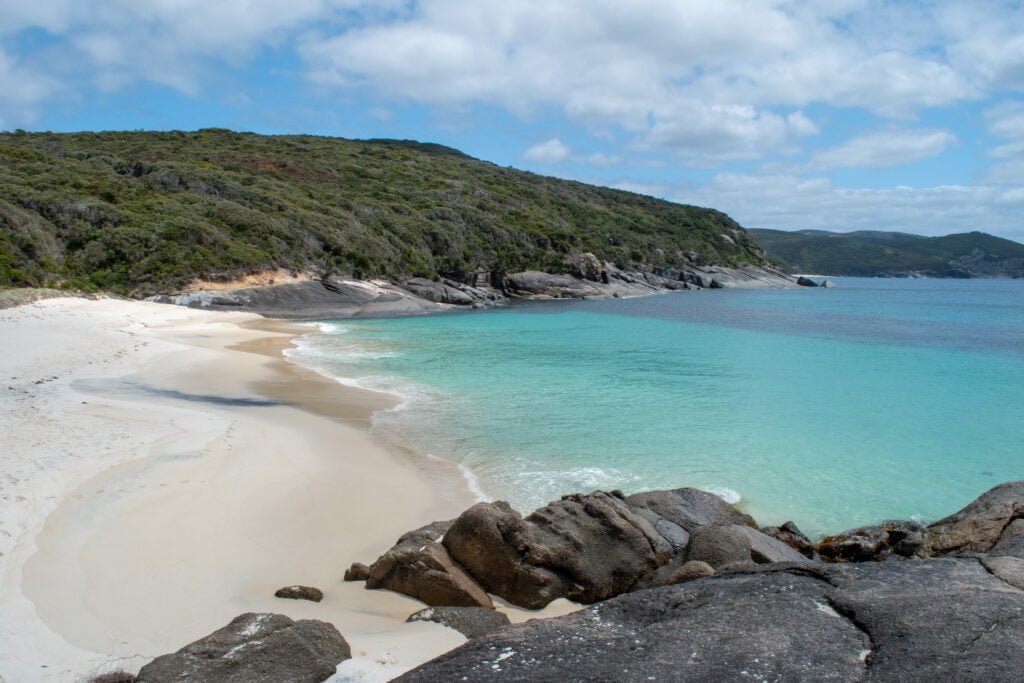
And after a bit of a struggle getting out of a particularly soft bit of sand on our way back, we decided to call it a day and head back to our camp at Cosy Corner.
Next up, Part Two of the Great South: Denmark!
